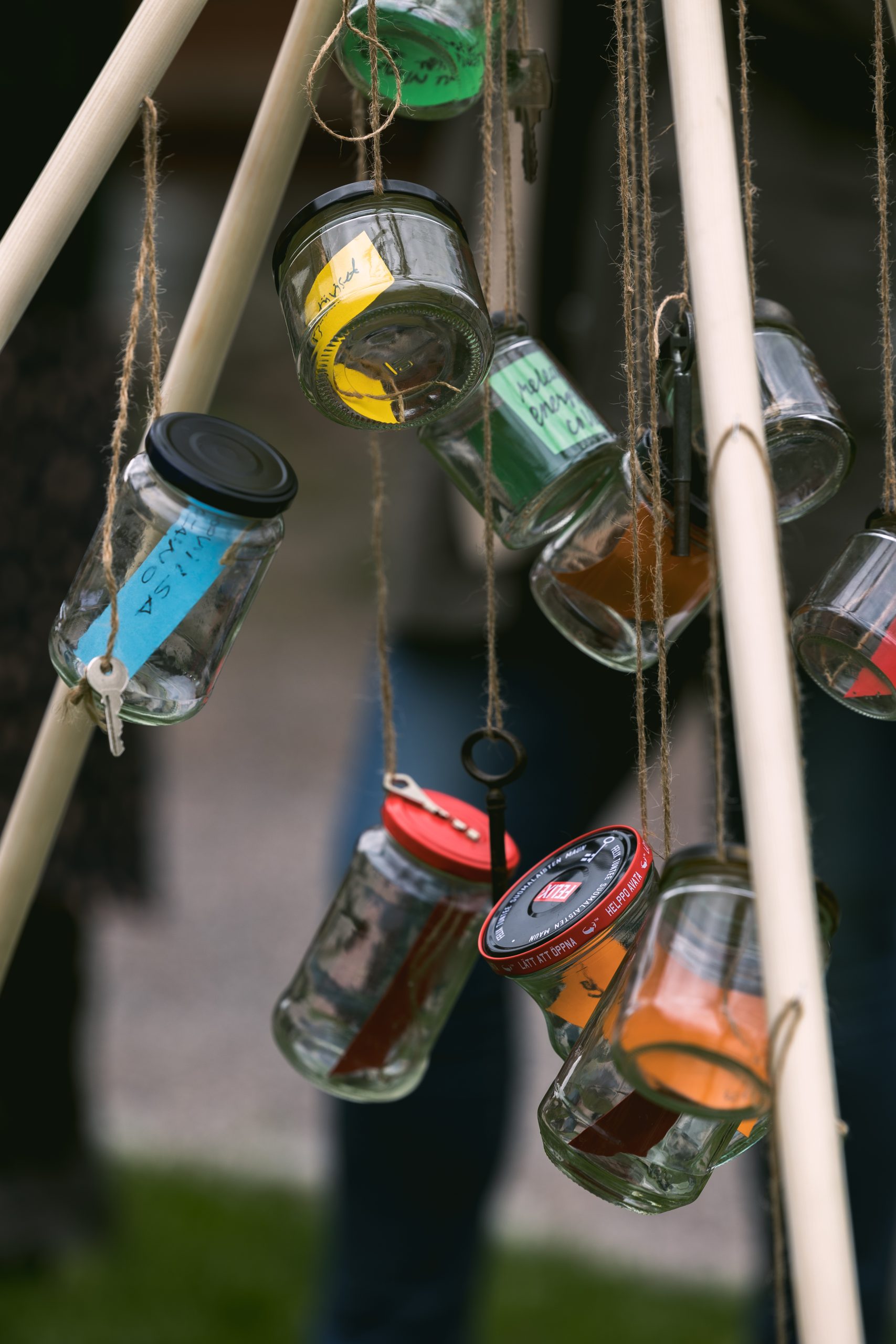Projects have some universal characteristics regardless of the sector of business. To be defined as a project it should have boundaries such as time, budget, resources (human, materials etc.), space, topic, expectations and targets, deadline, roles and responsibilities etc. By defining the boundaries for the project in advance and communicating them clearly to each team member the project has a chance to be successful. Usually when project fails it is either lacking definition of boundaries, communication, leadership or commitment. In this blog post I will focus on discussing a few crucial boundaries of an art project from the perspective of project management.
Target setting
When starting the planning of an art project which is commissioned by an external party it’s crucial to recognize customers / contractors expectations. The expectations are the base for the target setting. The targets should fulfill these expectations and in the best case exceed them. The targets need to be written down and agreed with different parties of the project. Targets need to be measurable. So first setting the targets and then based on them designing the suitable meters. In a business project a target can usually be measured by monetary value but in an art project the meters can be a bit more difficult to define. The qualitative meters could be: x amount of participants or guests in the art event, x amount of received feedback, presence of the art project in the media and social media (x amount of articles, x amount of likes / comments in the social media), etc. These meters may not be suitable for all art projects. When it comes to measuring emotional impact of an art experience, it needs to be done qualitatively by deeper analysis of the written feedback or interview of the participants.
Roles & responsibilities
In a successful project the roles and responsibilities of the project members are defined and clearly communicated in advance. What are the responsibilities and more specifically the tasks and duties of each team member. Sometimes the role descriptions need to be updated during the project especially in an art project when the project result can be undefined in the beginning. By defining the tasks and duties continuously: who takes care of sourcing of the materials, who books the venues, who does the marketing, who books the transport and accomodation – everyone knows who does what or at least who to ask about it. Then also the project rolls smoother.
Leadership
Does an art project need a project leader? There are certain advantages of having a project leader even in a smaller artist team. In modern project management the project manager is not making decisions alone but taking into account different perspectives and specialists’ views so that majority views come out on top. Few of the most important duties of a project manager are coordinating the project and driving the team towards the targets. Project manager keeps all the team members up to date on the decisions and progress made during the project. Open and clear communication is the key in modern leadership.
Development & Learning
As defined above a successful art project needs to fulfill many aspects. In reality not all the projects are even close to perfect. There is always something to develop. GAP LAB Art Goes Villages community art project Forgotten Keys in summer 2022 had its weaknesses such as undefined roles and responsibilities and lacking leadership. Also the expectations and further target setting by the municipalities were unclear. Despite its weaknesses, Forgotten Keys was partly successful when looking at some of the meters. The community art project reached 355 inhabitants of Sipoo and Porvoo during 11 workshops. The original target setting was at least 100 participants. Also the feedback from the participants was mainly positive. Based on the experiences and feedback given by the artist team and other project member the concept of GAP LAB can be developed further. Success can also be measured by the ability to learn and develop further. GAP LAB has a good chance to become a successful art project concept if it can learn from the previous experiences and define clear boundaries for its upcoming projects.
Terese Kühl – Artist, Curator and Producer
The writer of the blog took part of GAP LAB Art Goes Villages community art project Forgotten Keys as one of five artists. She is a co-founder of KühlTuli Productions ry which produces art exhibitions at Tyynelä Gallery, Lohja. She also has long experience managing target focused development projects in international banking.
